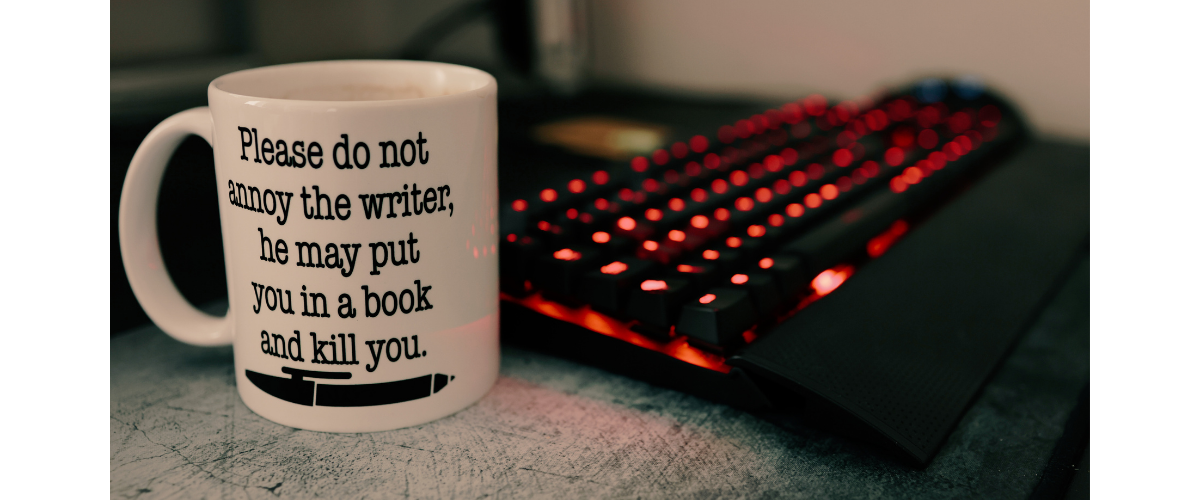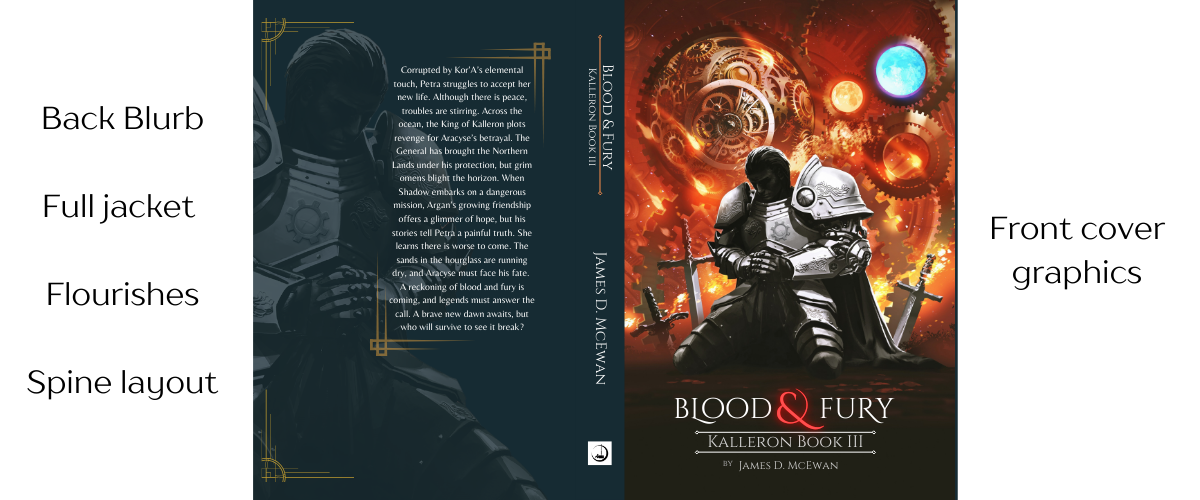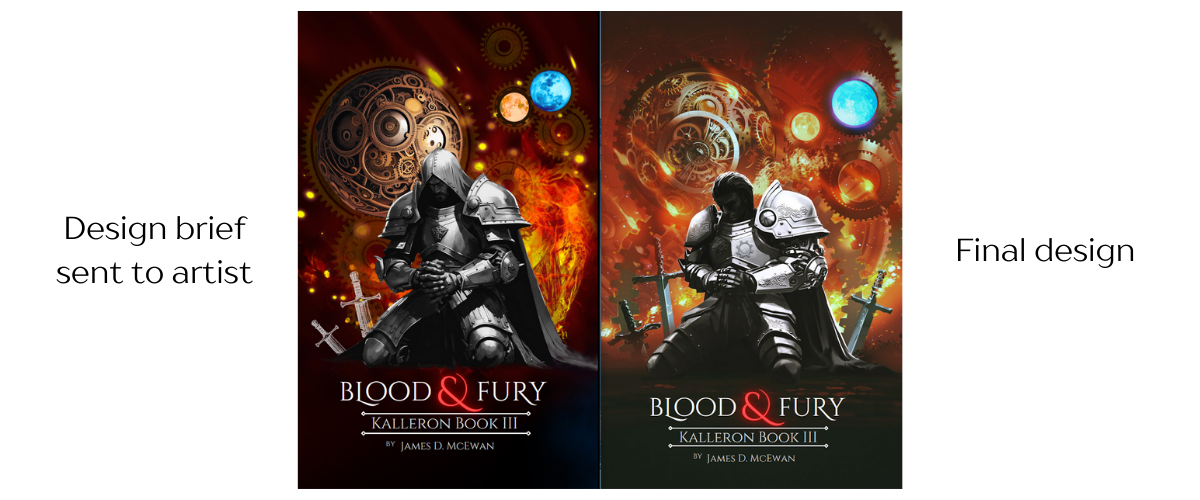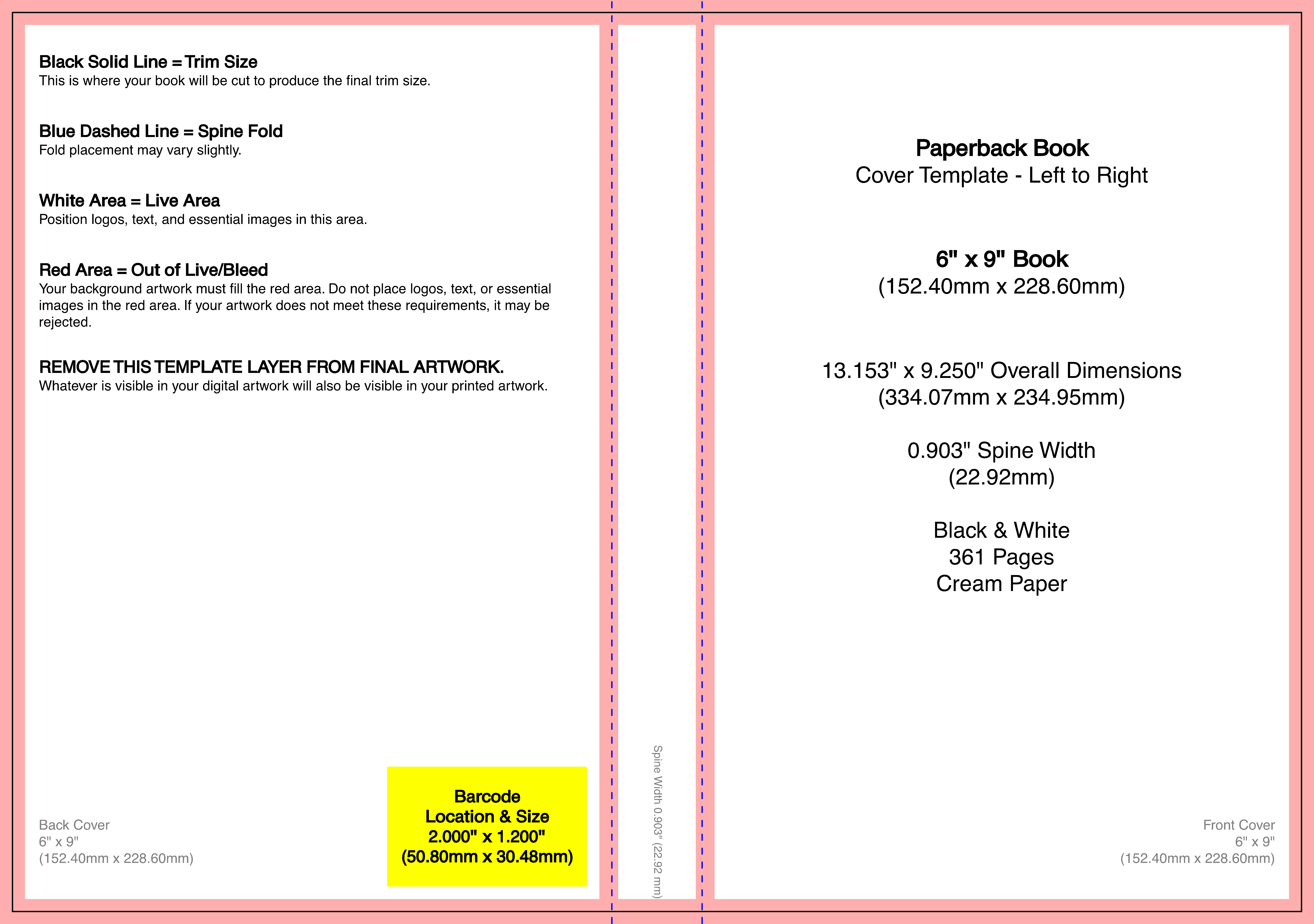How to Make a Book
What’s in a Book?
So, you finish your epic manuscript (that’s an unpublished novel), lean back in your tattered old writing chair and sigh. The hard work’s over. It’s all plain sailing from here. The readers will come, they’ll absorb your words like osmotic literary membranes. Your books will fly off the shelves and soon you’ll have your dream life.
No. That isn’t how it works. If you’re an exceptional talent, and your manuscript is as precious as gold dust, you’ll want to send it off to an agent. Maybe a few. You’ll probably get some rejections, but if you pitch it just right, someone will see your worth. Your agent will then have to wade into the cold depths of a literary ocean and struggle against the tide of commercial fodder. If they stay afloat long enough, your manuscript might make it to a publishing office. Even then, market trends are fickle and the masterpiece you wrote last year is yesterday’s news. It’s tough to become an established traditional author. If you made it from the slush pile of unknowns—well done. You deserve Valhalla.
Many of us try that route. Most of us fail. It’s not because our work is poor. It takes a lot of research and time to submit a manuscript. But it’s often the case it’s not understood. It’s very difficult to sell a complex story with a two-line pitch or a couple of paragraphs. Agents don’t have the time to absorb the finer nuances. I’m certain if I could actually sit face to face with an agent, they’d pick up my work in a flash. But that’s not how it works.
For those that fail, there is another way. But it’s even harder to fulfil the dream. The process is often costly; it requires a lot of effort, and (at least for me, so far) it doesn’t pay. That’s my fault because I’m terrible at marketing my work. I’m even worse at marketing me, and unfortunately, that’s required for the self-publishing route.
It’s More Than Words on a Page

If you’re an aspiring indie-author, I’d always recommend trying the traditional route first. It’s an eye-opener. At the very least, invest in a professional edit of your work. Editors aren’t cheap, but they’ll let you know if you’re making basic mistakes. Once the editor has vandalised your manuscript with dozens of red lines, you can focus on making your story the very best it can be. Never rush. Take your time, and have people read your manuscript. Don’t even think about self-publishing unless a few people have given you feedback. And no, your mum doesn’t count. Sorry, mum. (Although, in my case, my mum criticised my earliest work as being too flowery. She was right—an editor said the same thing!)
If you do all that’s required, and you have a completed and vetted manuscript, how do you turn that into a physical book?
Writing Software
I use Atticus. I bought into it quite early, and over the years I’ve seen it mature. The team that works on it is diligent, and I’ve got no complaints. There are other options out there, especially for Macs and Apple users. Regardless of what solution you use, my preference is not to write using the software. I use MS Word and import the document to Atticus. There are rules to follow when formatting, which dictate, among other things, new chapters and page-breaks, so be mindful. Don’t rush in blind! This is the lesson of being an indie-author—you have to be patient and learn lots of unique skills.
Even when you master the software, you’ll need to add ‘matter’ to your book. There are elements called front and back matter. Copyright, dedications, title pages, maps or additional illustrations. These are things you can add to the book (front matter). You’ll want to add back matter, too: an author bio, and if you have other books, a list of them.
The most important thing you’ll need—an essential item for paperbacks—is an ISBN (International Standard Book Number.) Yeah, it’s one of those abbreviations people like to add ‘number’ onto. But that’s bad writing. It’s just an ISBN—not an ISBN number. Like your PIN. You can purchase these ISBNs from Nielson in the UK or Bowker in the US. If your book doesn’t have an ISBN, it’s invisible to booksellers and publishers.

Making Your Book Stand Out
Your book needs a cover. It’s mandatory. Apart from paying for an editor and/or proofreader (all things publishers do for their authors), this can be a surprising expense. Again, it’s not something to rush. If you write a substantial work, and it’s full of weighty gravitas, you hardly want a finger-painted front cover. You need to consider what the genre favours—what do other covers look like? There’s no point having Godzilla on the front cover of a crime thriller. How can you make yours stand out? I’ve clicked on a few indie-titles and some of the cover art is shocking. Yes, an artist can be expensive, but with some thought, you can make a DIY cover using tools like Canva. I swear by Canva. I’ve created from scratch or completed all my covers using it.
If you can afford an artist, it’s well worth the investment. These days, you can use AI generated artwork, but I choose not to (it’s also difficult to create covers for your specific brief.) AI software plagiarises artwork, often from living artists. I view it as theft. If you use AI art, you’re supporting corporate behemoths who value nothing but their own bottom dollar.
I paid an artist for the covers of my Kalleron series. He provided the artwork adhering to my design briefs. It wasn’t cheap, but it wasn’t expensive compared to other options I’d looked at.

Some artists will do a full cover. I’m a picky bugger, so I commissioned artwork, which I adapted to suit my needs. I uploaded the original digital artwork to Canva, and created the back cover, spine, and added the text (front text is also my addition.) It’s a liberating experience. If you can do it your own way, and have full control of your product, you’re not just an author, but a designer, too.

The design for Blood & Fury came from a very specific brief I sent to the artist. I used Canva and various tools to find a composition that reflected the theme and drama of the story. As you can see below, the ultimate design was a pretty good match for what I had in mind. Even then, I still touched up a few elements myself. I don’t think I mentioned that in High School, I got an ‘A’ grade for art. It helps a little.

Still Not There Yet
You’ve written the manuscript. You’ve coerced a few people to read it and give you a critique. Perhaps you listened and made changes. With trepidation, you uploaded the file into the publishing software (Atticus, etc). After a few anxious missteps, you craft the digital version, front and back matter included. The cover design is sitting on your desktop.
Stop!
Not so quick. One of the most awkward parts of self-publishing is creating the parameters of the paperback. You see, the width of the spine varies based on the page count. The page count varies with margin width, font size, and the physical dimensions of the paperback (width and height). You can’t create your final cover until you know the page count. Luckily, your self-publishing software gives you that info. So, you then head over to your sales platform (Amazon, Barnes & Noble, etc.) and pop in the book parameters. It will give you a template to use for fine-tuning the cover. This is from Kindle Direct Publishing (KDP).

You need to line it all up with care, making sure not to throw the text off the edge, or have the spine creeping around the front or back of the cover.
And That’s Just the Beginning
Assuming you’ve done everything I’ve mentioned so far. Then, and only then, can you upload the completed work to the sales platform. The proper work hasn’t even begun. Millions of books are published every year. Yours is a single drop in a very vast and deep ocean. And just like our own oceans, there’s a lot of shit in it. This is where traditionally published authors have a massive advantage. They float to the top on a marketing wave.
If you choose to go it alone, you’ll need to create a visible presence online through social media. Consider this your little yellow dinghy riding on the surface. Ideally, all authors should have a website showcasing their work. You’ll need to create a bio for your sales platform, price your book, and choose your markets. Then you can delve into the dark art of SEOs (search engine optimisations) and keyword searches.
Even then, after all that work, you’ll need to spend money advertising your precious book. You’ll probably end up spending money posting out books to reviewers on social media. I’d not put in too much effort doing that. I’ve had a few very positive reviews garner over a thousand likes. To be clear: over one thousand people following book-reviewers read and liked five-star reviews of my books. I don’t think a single one converted to a sale. It’s a harsh reminder that most social media likes are empty gestures.
Too Long, Didn’t Read?
Writing a story isn’t hard. Anyone with patience can do it, and even then, there’s no promise the work is better than average. Creating a unique or interesting literary work takes talent. Transforming that into a physical copy is a long and arduous process. You’ll need to learn many skills, Googling your way around the authorly corners of the web. A healthy bank balance is also useful. After all of that, try selling it. That’s the hardest part of the self-publishing journey. There lies the kicker—I think I’m a talented author and my novels are worthy of sitting on the shelves of those esteemed high street bookshops. I’ve heard enough people tell me that. Unfortunately, marketing bores me. I never wanted to have a career in sales. But it’s a necessary evil I must confront. Perhaps, once I’ve made my millions and you’re watching the big-screen adaption, I’ll write the follow-up to this post? I'll title it: Selling Books - Perseverance, Patience, and a Bucket Load of Luck - The Day I Saved Ryan Reynolds from an Aggressive Racoon.
.png)